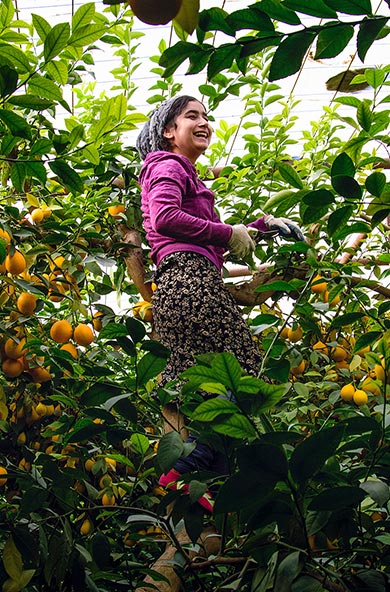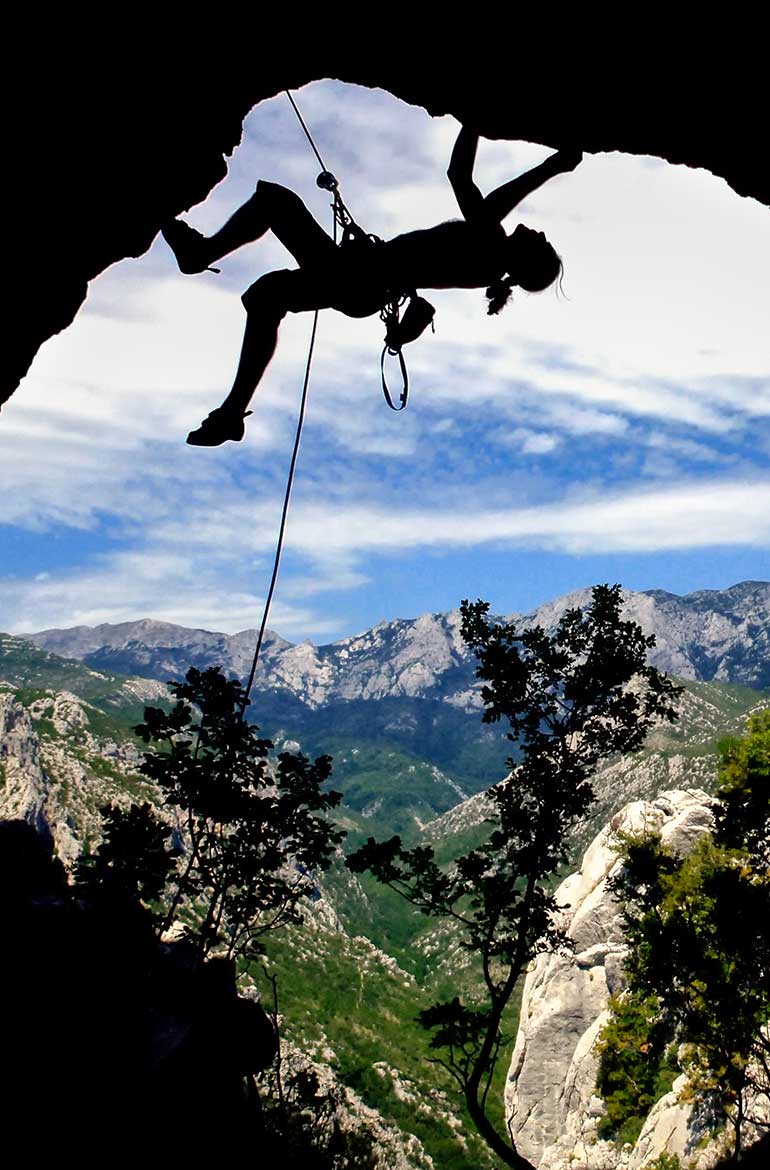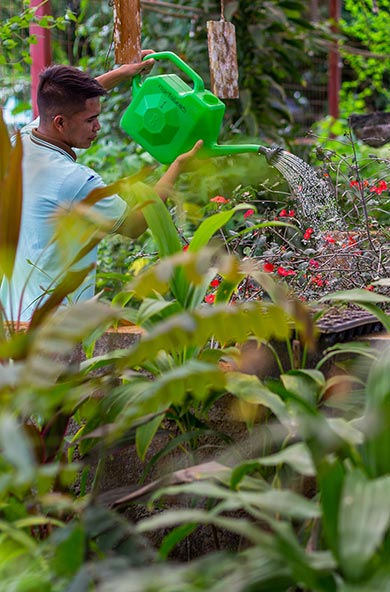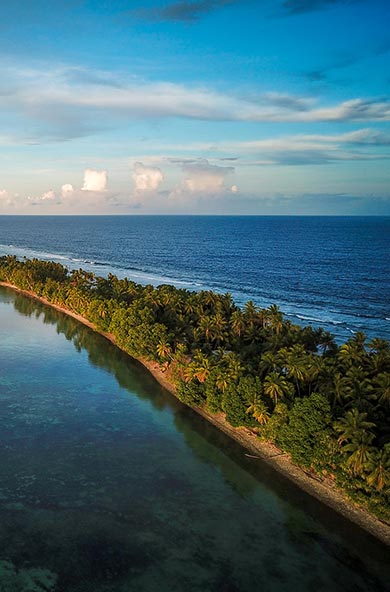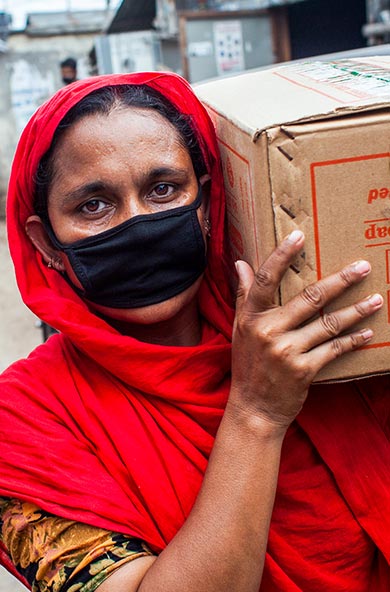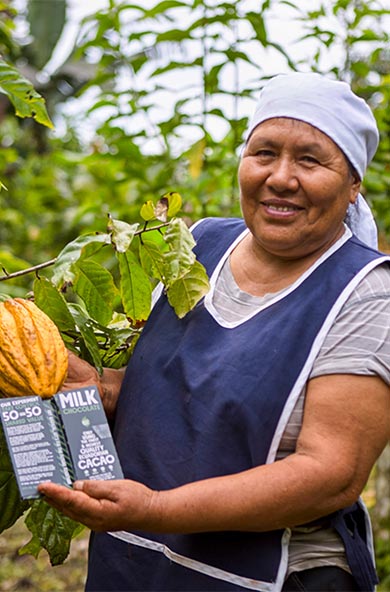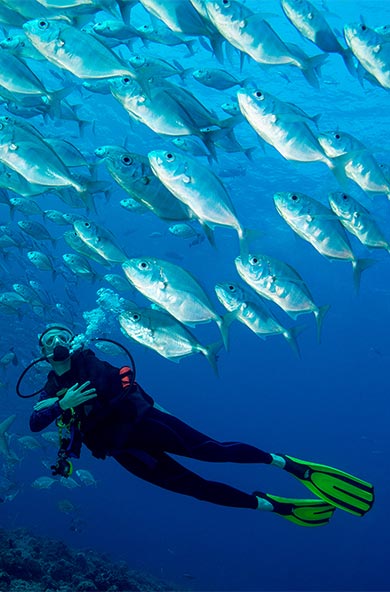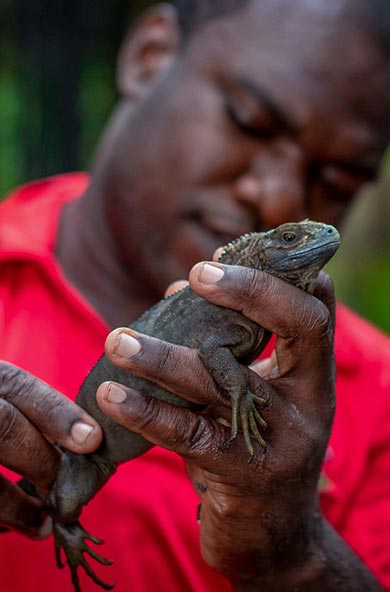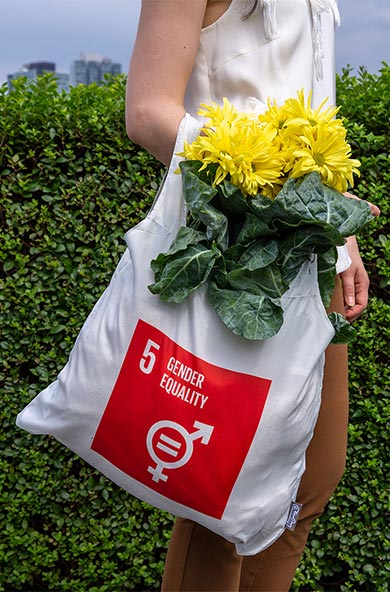New York, Feb 28 – The Secretariat of the Convention on International Trade in Endangered Species of Wild Fauna and Flora (CITES), the United Nations Development Programme (UNDP) and Behati Prinsloo, Model and Global Ambassador for Save the Rhino Trust Namibia, announced today that they will team up to light New York City’s iconic Empire State Building in celebration of World Wildlife Day 2020.
The Empire State Building lighting is one of the global events leading to this year’s UN World Wildlife Day (3 March) celebrated under the theme 'Sustaining all life on Earth'. The year 2020, known as the “biodiversity super year”, marks a critical turning point in global action to conserve nature and the planet’s biological diversity.
This year’s World Wildlife Day celebrations will focus on wildlife as a component of biodiversity in its many beautiful and varied forms, raise awareness of the multitude of benefits of wildlife to people, the threats it is facing, and the urgent need for private and public sector commitments.
Behati Prinsloo will flip the switch to turn the Empire State Building’s lights blue (representing SDG 14: Life below Water) and green (representing SDG 15: Life on Land). The building’s mast will be lit gold, representing the plains of Africa, and it will feature an image of a running rhino, as a symbol of the many majestic species that face critical threats. The lights will continue to be visible to the general public on March 2nd from sunset till 2:00 am 3rd March.
“Wildlife is under immense threat, even in my homeland, Namibia, where rhinos are being senselessly poached. We human beings are doing this to them, yet we have the power to prevent this ancient, noble species from going extinct. Immediate action is needed to conserve wildlife so that our children can grow up with a sense of wonder and appreciation of our rich and diverse planet,” noted Behati Prinsloo.
CITES Secretary-General Ivonne Higuero said: “Wild fauna and flora are part of our everyday lives and valuable for humankind in so many different ways, whether you live next to Gorongosa National Park or in Manhattan. Raising awareness of their value and the threats they face, and pushing for transformative actions in order to conserve them for future generations are the imperative tasks facing governments, civil society, industry and all citizens of the world. Powerful symbolic gestures such as the lighting of an iconic building like the Empire State can galvanize the public and draw their attention to these critical issues. We thank the managers of the Empire State Building for offering such a powerful symbol to celebrate UN World Wildlife Day 2020, and we are most grateful for the important advocacy work of Ms. Prinsloo and the support of our partners at UNDP."
The CITES Secretariat is designated by the United Nations General Assembly as the global facilitator for the celebration of the World Wildlife Day each year in collaboration with organizations in the United Nations system.
As noted by Midori Paxton, Head of Biodiversity for the United Nations Development Programme: “Biodiversity underpins all life on Earth. By investing in wildlife conservation and biodiversity, we can realize benefits across all facets of our lives from human health and livelihoods, to climate adaptation, as well as peace and security. We hope that the Empire State Building’s lights will inspire all New Yorkers, and the world, to celebrate wildlife and to help conserve all species for a more sustainable, prosperous future.”
For more information and to arrange interviews, please contact:
CITES Secretariat: Yuan Liu, +41 22 917 8130, yuan.liu@un.org,
United Nations Development Programme, Sangita Khadka, +212 906 5043, sangita.khadka@undp.org
Empire State Building: Alison McCaffery, UEG / Alison.McCaffery@uegworldwide.com 212-601-9375
About the United Nations World Wildlife Day
On 20 December 2013, the 68th session of the United Nations General Assembly proclaimed 3 March as World Wildlife Day to celebrate and raise awareness of the world’s wild fauna and flora. The date is the day of the signature of the Convention on International Trade in Endangered Species of Wild Fauna and Flora (CITES) in 1973. World Wildlife Day has quickly become the most prominent global annual event dedicated to wildlife. It is an opportunity to celebrate the many beautiful and varied forms of wild fauna and flora and to raise awareness of the various challenges faced by these species. The day also reminds us of the urgent need to step up the fight against wildlife crime, which has wide-ranging economic, environmental and social impacts.
About CITES
With 183 Parties (182 countries + the European Union), the Convention on International Trade in Endangered Species of Wild Fauna and Flora (CITES) remains one of the world's most powerful tools for wildlife conservation through the regulation of trade. Thousands of species are internationally traded and used by people in their daily lives for food, health care, housing, tourist souvenirs, cosmetics or fashion. CITES regulates international trade in over 36,000 species of plants and animals, including their products and derivatives, to ensure their survival in the wild with benefits for the livelihoods of local people and the global environment. The CITES permit system seeks to ensure that international trade in listed species is sustainable, legal and traceable. CITES was signed in Washington D.C. on 3 March 1973 and entered into force on 1 July 1975.
About UNDP
UNDP partners with people at all levels of society to help build nations that can withstand crisis, and drive and sustain the kind of growth that improves the quality of life for everyone. On the ground in nearly 170 countries and territories, we offer global perspective and local insight to help empower lives and build resilient nations.
About Behati Prinsloo
With over a decade of experience, Behati Prinsloo is one of the most recognizable names in modeling. At the age of 16, the Namibian born beauty was discovered while on vacation in Cape Town and since then her incredible spirit and personality have shaped her into a fashion icon. Passionate about the play in many of Africa, Behati has used her platform to raise funds for a variety of charities and endeavors on the continent. Most recently, she joined forces with Save The Rhino Trust Namibia to raise awareness for rhino conservation. As part of her alliance with the organization, she launched a global campaign and ventured to her home country of Namibia last year, entrenching herself in its movement to protect the critically endangered black rhino species and preserve the population.
About the Empire State Building
Soaring 1,454 feet above Midtown Manhattan (from base to antenna top), the Empire State Building, owned by Empire State Realty Trust, Inc., is the “World’s Most Famous Building.” With new investments in energy efficiency, infrastructure, public areas and amenities, the Empire State Building has attracted first-rate tenants in a diverse array of industries from around the world. The Empire State Building was named the world’s most popular travel destination in a study conducted by Uber and was named America’s favorite building in a poll conducted by the American Institute of Architects. For more information on the Empire State Building, please visit www.empirestatebuilding.com, www.facebook.com/empirestatebuilding, @EmpireStateBldg, www.instagram.com/empirestatebldg, http://weibo.com/empirestatebuilding, www.youtube.com/esbnyc or www.pinterest.com/empirestatebldg/.
About Empire State Realty Trust
Empire State Realty Trust, Inc. (NYSE: ESRT), a leading real estate investment trust (REIT), owns, manages, operates, acquires and repositions office and retail properties in Manhattan and the greater New York metropolitan area, including the Empire State Building, the “World's Most Famous Building.” Headquartered in New York, New York, the Company's office and retail portfolio covers 10.1 million rentable square feet, as of December 31, 2019, consisting of 9.4 million rentable square feet in 14 office properties, including nine in Manhattan, three in Fairfield County, Connecticut, and two in Westchester County, New York; and approximately 700,000 rentable square feet in the retail portfolio.

 Locations
Locations